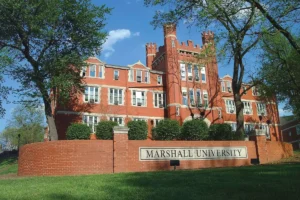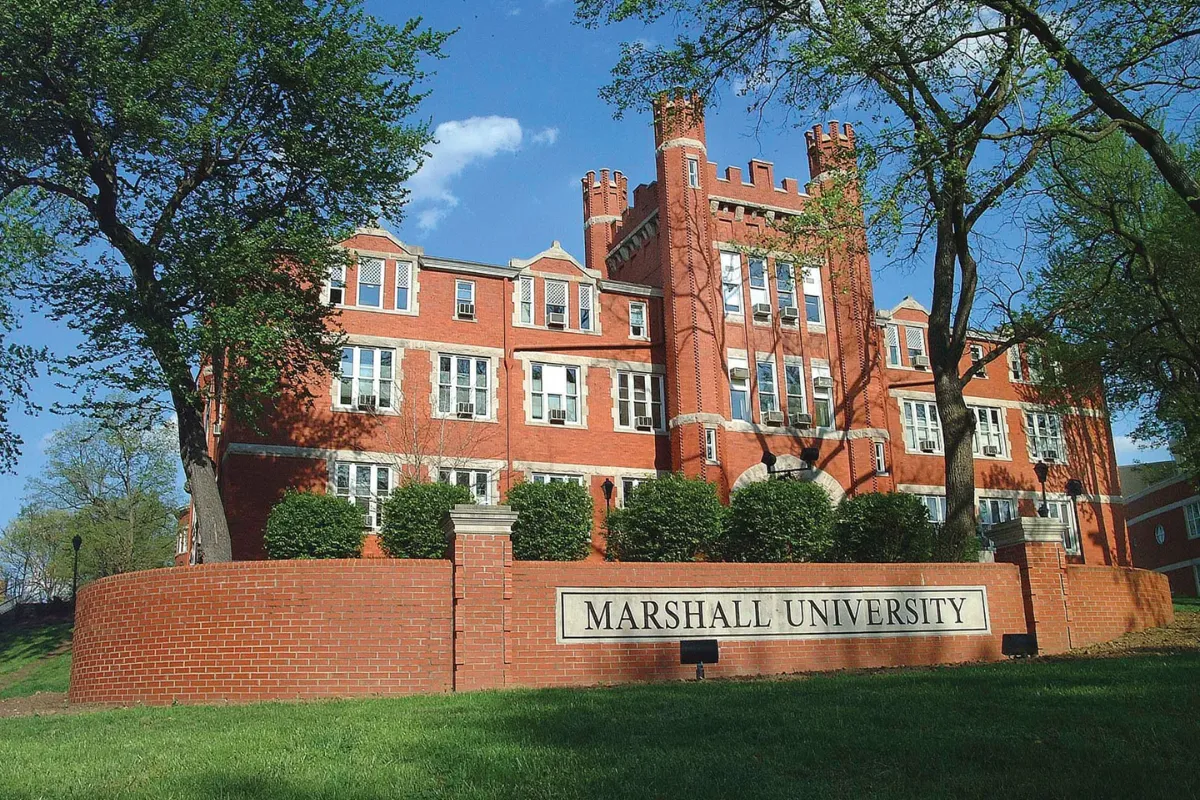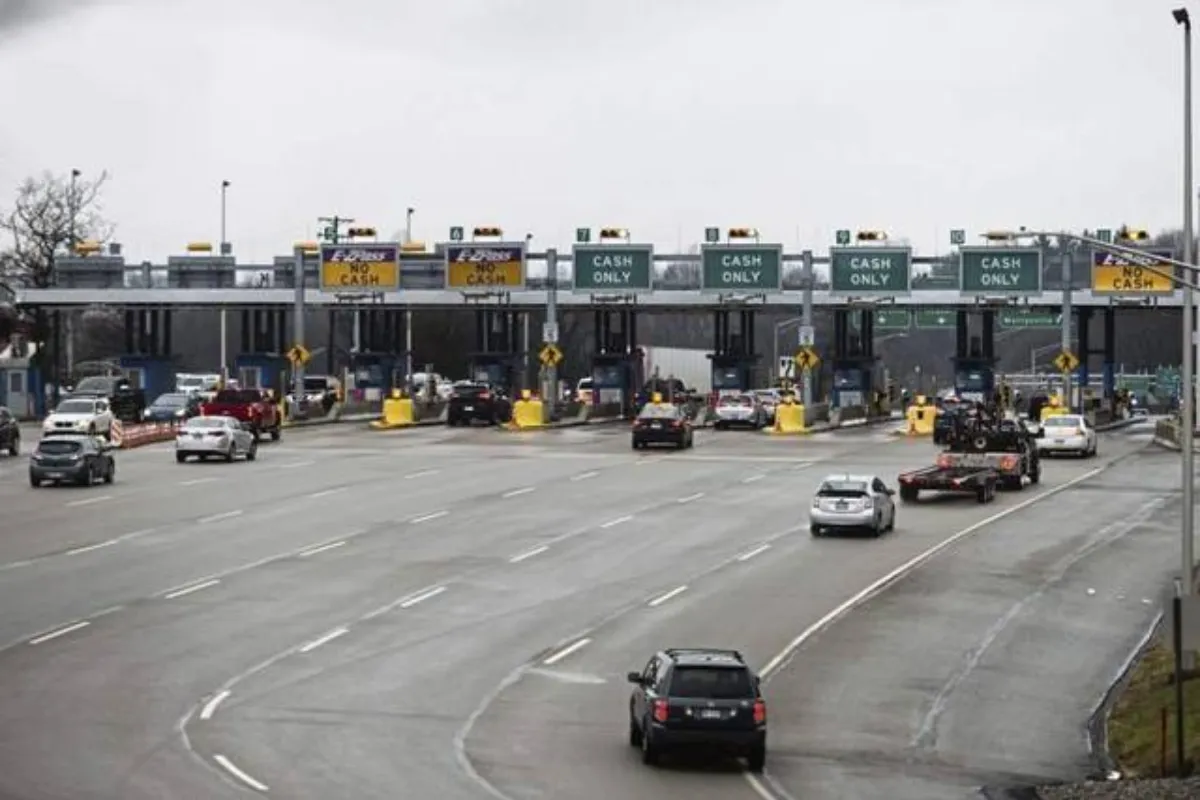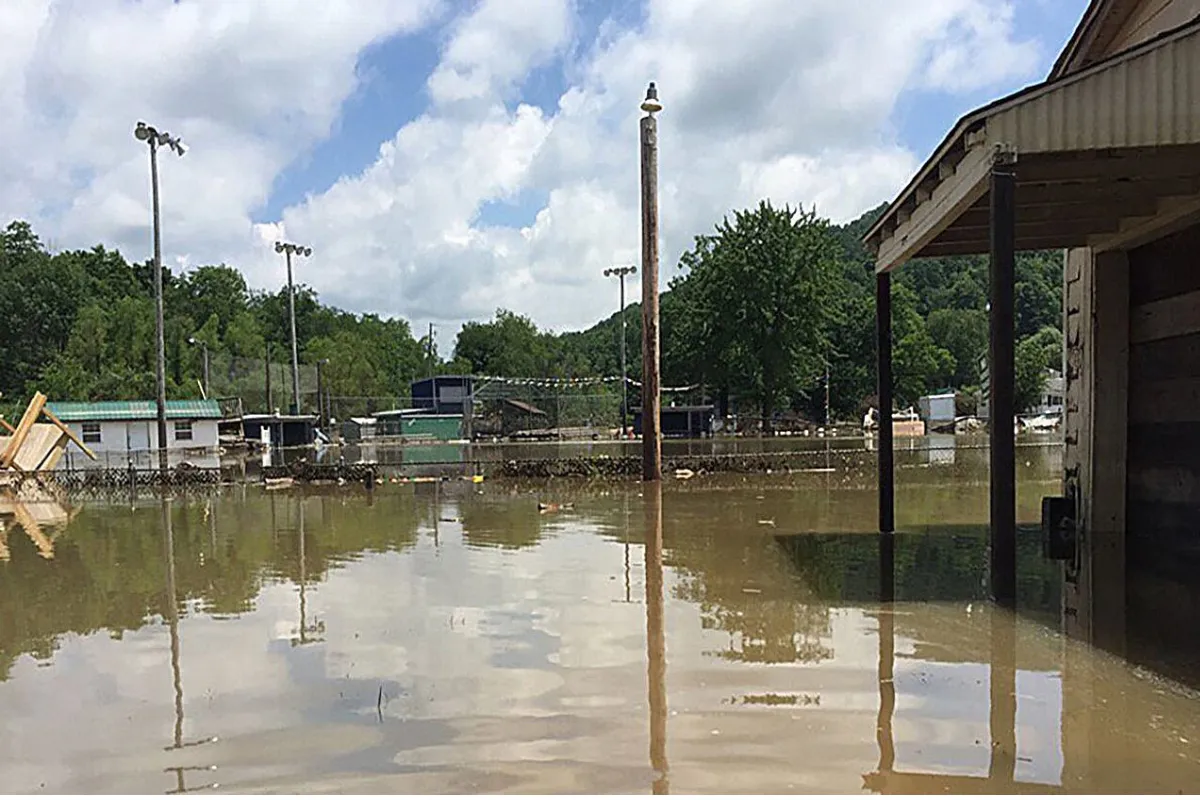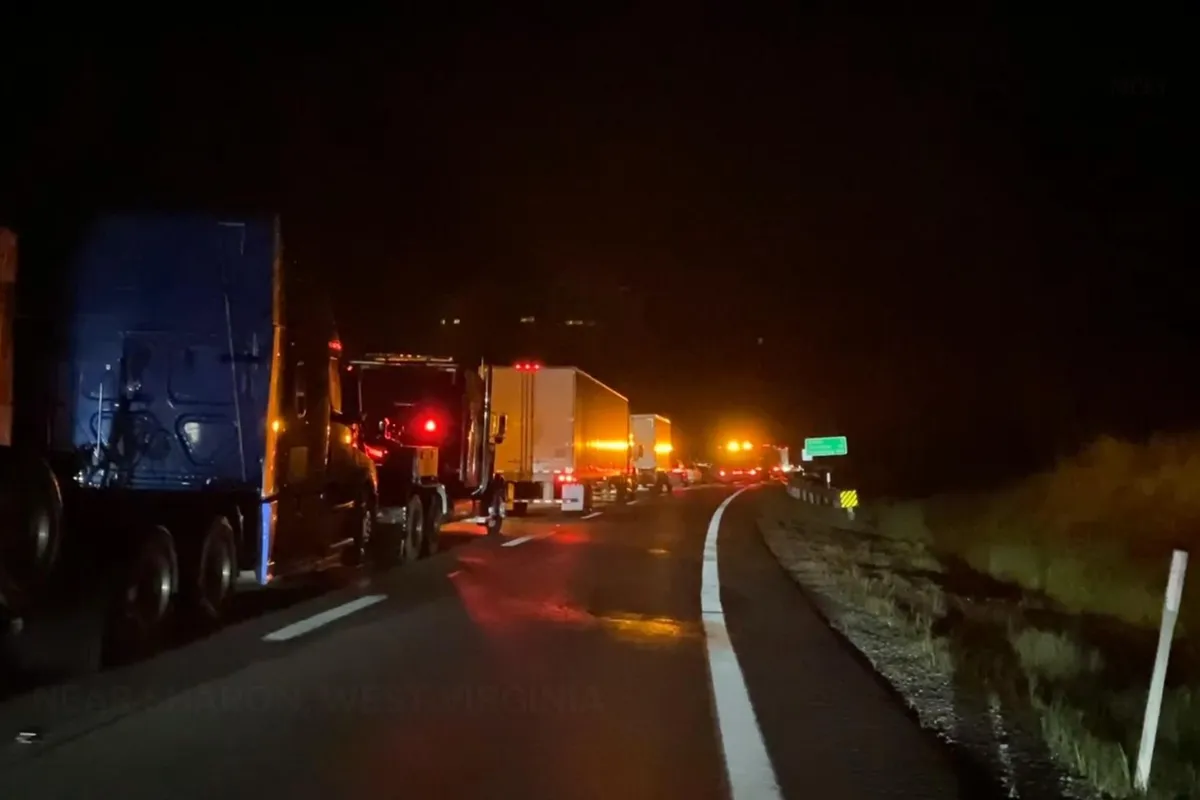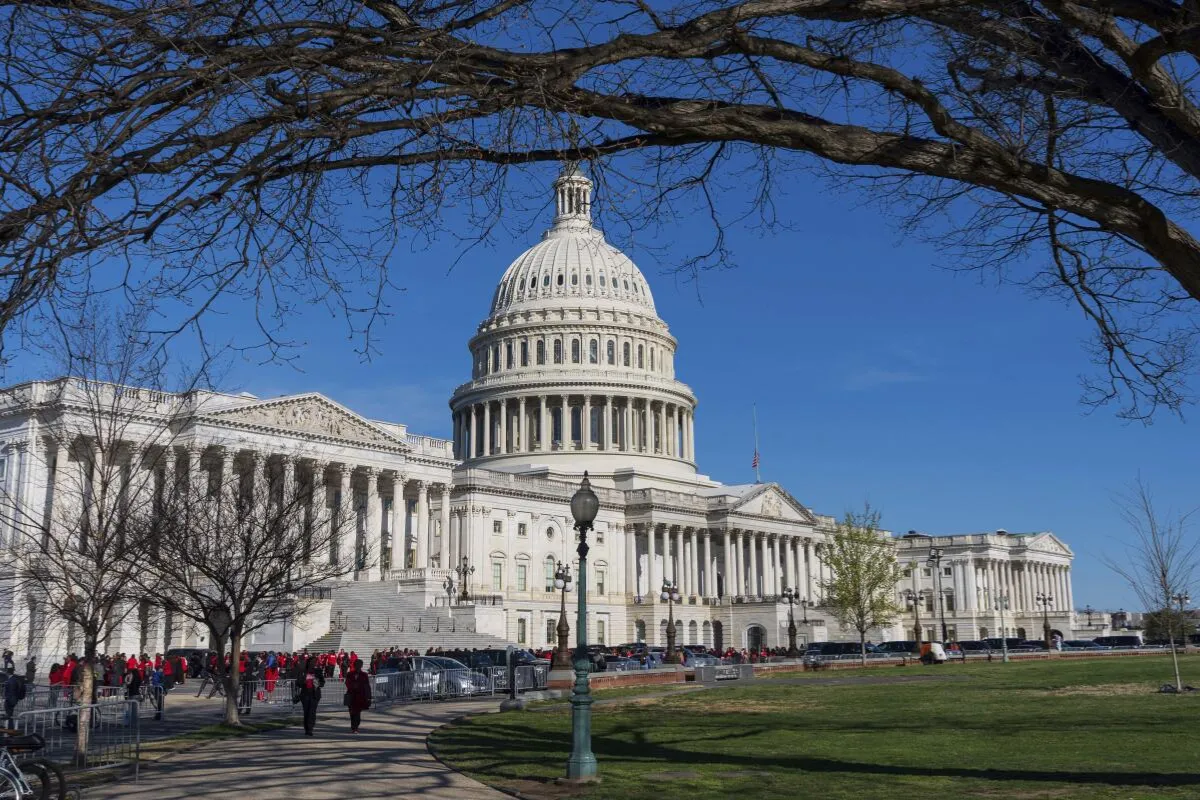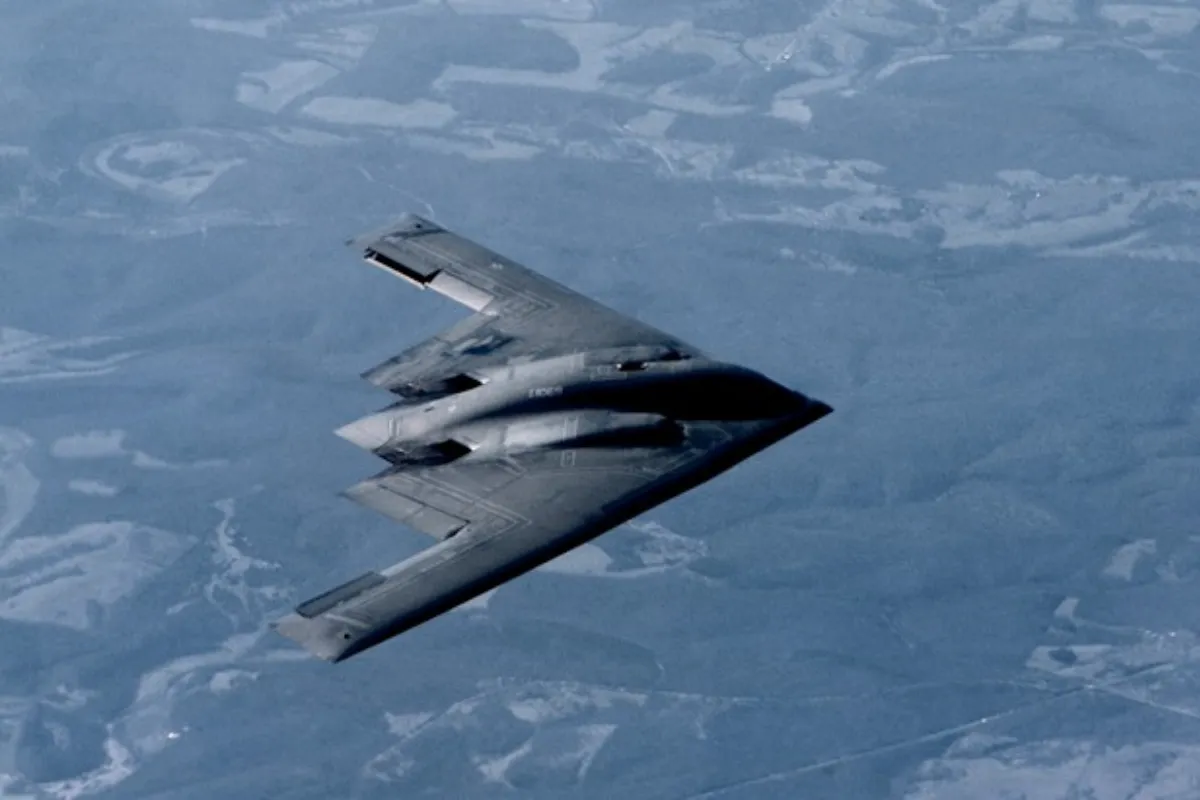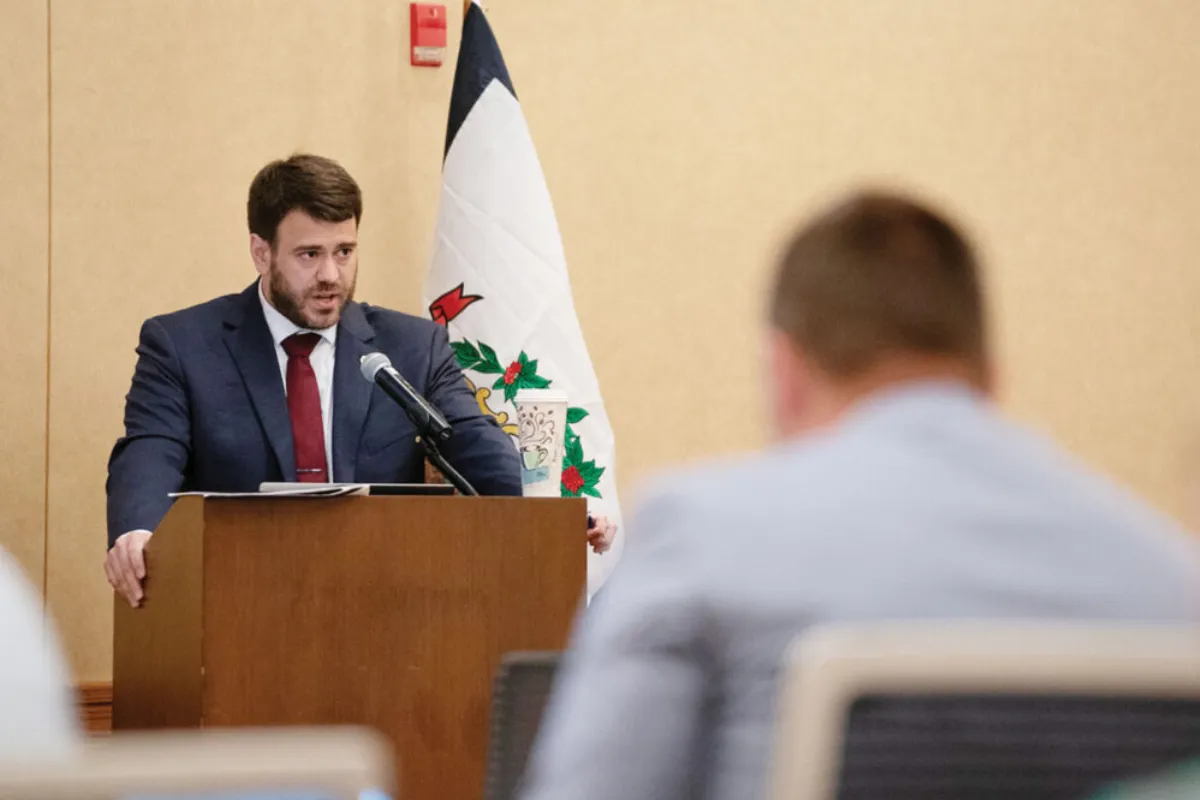A once-forgotten West Virginia oil town is getting a second life—on a much smaller scale.
The historic boomtown of Volcano, once home to thousands during the late 1800s oil rush, has been brought back to life in the form of a detailed miniature model. This new exhibit is housed in the Volcano Museum at Mountwood Park’s Visitors Center and is the work of Parkersburg model builder Jimmie Bee.
The 4-foot-by-11-foot model stands five feet high and offers a vivid look at life in Volcano during its peak in the 1870s. Commissioned by the Friends of Mountwood, Bee spent 678 hours over three months carefully recreating the town’s features—from steam-powered drilling rigs and wooden oil derricks to horse-drawn wagons and even a cemetery.
“I was asked to build a model of the town, but I decided to go deeper,” Bee explained. “I wanted to show the danger and hard work that went into life there. These people lived through blowouts, nitroglycerin blasts, and rough terrain just to get oil out of the ground.”
A Labor of Love—and Research
Because few photographs of Volcano still exist, Bee had to rely on a mix of documented structures and creative interpretation.
Historic buildings like hotels, a school, the post office, Dr. Sharp’s house, and the famous Thornhill mansion were recreated using floor plans, maps, and written descriptions. Other features, such as wagons and oil scenes, were added to give the town life and movement.
Bee didn’t work alone. Members of the Mid-Ohio Valley Model Railroad Club helped bring the project together. Doug Unsold crafted wagons and helped with structures; Kelly and Christian Offenberger assisted with the terrain and details; Roy Highman added a “live edge” wooden border using reclaimed oil tank wood; and Tom Ratkovich provided scale train cars and historic research. Mountwood Park’s own staff built the base using salvaged materials.
“If we made the terrain to true scale, the model would fill the whole room,” Bee said. “So we scaled the land down but kept the buildings and equipment realistic.”
Volcano’s Fiery Past
Volcano, West Virginia, was built in a narrow valley and flourished between 1864 and 1879. At its peak, it had a population of more than 4,000. It was one of the first towns in the world to use a continuous cable system to pump oil from multiple wells at once—a major innovation in the oil industry.
On August 4, 1879, disaster struck. A fire believed to be started by arson spread from an oil tank, igniting much of the town’s wooden infrastructure. The flames quickly consumed Volcano, and while one oil well remained active into the 1970s, the town itself was never rebuilt.
Bee’s model includes several nods to the town’s legacy, including:
- The famous continuous cable pump system
- A scale replica of the Thornhill mansion
- Wooden oil derricks and steam-powered drilling rigs
- A cemetery, horses, and wagons transporting oil
- The town hall, saloons, and more
The oil once drilled in Volcano was transported by the Laurel Fork and Sand Hill Railroad to Parkersburg and later via West Virginia’s first oil pipeline to Murphytown. Over its active years, the area produced more than 2.5 million barrels of oil.
Coming Soon: Public Viewing and Volcano Days
The model will soon be open for public viewing once a custom glass case is completed by B&D’s Glass in Belpre. Until then, the Mountwood Park Visitors Center welcomes guests on Saturdays and Sundays from 1 to 4 p.m. through October 31.
Volcano fans can also mark their calendars for Volcano Days, a popular local festival set for September 26–28, which features antique engines, crafts, and historical exhibits celebrating the region’s oil heritage.
While the original town of Volcano may be long gone, its memory now lives on in Jimmie Bee’s remarkable model—a tribute to the innovation, risk, and spirit that once lit up the mountains of West Virginia.


